How To Remove Knife Scratches & Old Stains From Wooden Cutting Boards

We recently spoke about how to get rid of black stains or spots from your wooden cutting board, as well as how to prevent black stains from occurring in the first place.
Many people got in touch to thank us for helping them bring their wooden cutting board back to its former glory.
However, some of you asked about how to remove knife marks, scuffs and an uneven surface on an old (but evidently still loved) cutting board
Most people think a hardwood cutting bard that is scoured or uneven is destined for the bin.
This is not true. In fact, wooden cutting boards are actually designed to last you a lifetime.
Many old and tired wooden cutting boards can be given a new lease of life…… with a little sanding!
Follow These Steps To Turn Your Old Cutting Board Into ‘Good As New’:
-
Always wear a dust mask when sanding. The tiny bits of wood released from sanding can be extremely toxic for your lungs if you inhale them.
-
Wrap sandpaper around a sanding block which will help keep the surface of your wooden cutting board from getting wavy as you sand.
-
Pick a coarse sandpaper to start with. We recommend using 100-120 grit to start. If there are big gouges in your cutting board, opt for an 80 grit.
-
Sand evenly over the cutting board surface, working in a circular motion (don’t rub back and forth). Move with the grain to rub away knife marks, uneven areas and old stains.
-
Now, change your sandpaper to a finer grit. We recommend 180-240 grit, and repeat sanding all over the surface.
-
Change your sandpaper again to an even finer grit (about 400) and sand again till all the roughness caused by the previous sanding is gone.
-
Dampen a cloth and wipe it over the smoothened wooden surface liberally. This is to raise the wood grains again so the surface can absorb mineral oil well (see next step).
You will know when you the grain is raised as your previously smooth surface will now be ‘fuzzy’. -
Sometimes, by raising the grain of the wood, you may see unevenness, stains or deep knife marks again which you thought you had removed.
If this is the case, repeat sanding with a coarser grit, then a fine grit, and raise the grain again with water. -
Season your ‘new’ old cutting board with oil. Not only will this give the wood some much needed nourishment after all that sanding, regular seasoning with oil will also help prevent stains and knife marks from happening in the first place.
You can use any good mineral oil, but make sure it is pure and doesn’t have any drying agents or other chemicals added. Or, opt for a specialist 'butcher block oil" where there is no guesswork required.
Why not grab yourself the Chef Remi Cutting Board right now?
They’re currently on offer at only $19.95! But you can get a further 15% OFF your entire order today! (Limited Offer).




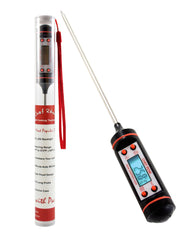
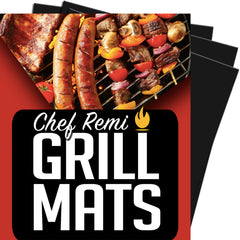
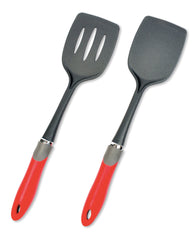
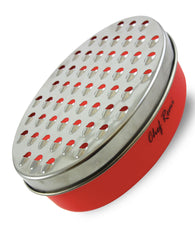
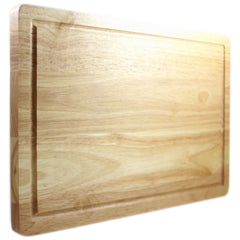
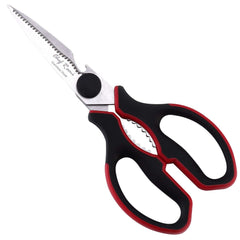
Comments
Ola#1
WoooW! But this sounds too good to be true. While I cannot imagine that my cutting board would take the same shape as a new one, I think it’s worth a try. Since I’ve got nothing to lose anyway. lol